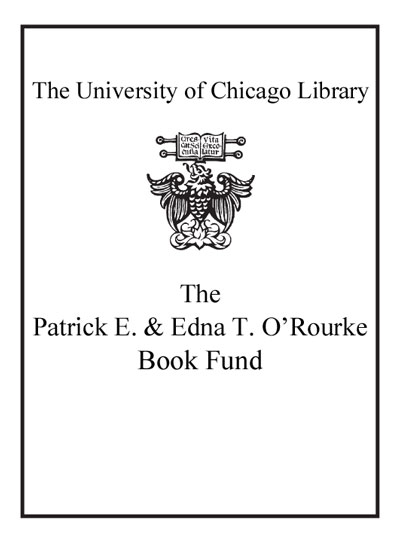Review by Choice Review
This handsome, slipcased volume is a monumental catalogue raisonne of the paintings of Sir Anthony Van Dyck, one of the most brilliant, prolific, and revolutionary artists in European art. Although he is best known for his hundreds of surviving portraits of Flemish, Italian, and English nobles and notables, Van Dyck's religious and mythological scenes are equally extraordinary. The four authors of this model publication, all recognized authorities in Van Dyck studies, introduce the four phases of the artist's peripatetic career and give us extensive entries on each painting; these entries are a mine of information concerning the work's provenance, sitter, iconography, conservation, and known versions and copies, as well as such matters as the politics, studio practice, and social fabric of the time. Van Dyck and his assistants were so productive that it is often difficult to determine the extent of the master's involvement, if any, in a particular painting; this remarkable book will be the basis for all future discussion of this issue. This is not an introductory survey, but with its hundreds of color and black-and-white reproductions, chronology, and extensive bibliography, it is essential for any serious study of 17th-century European art. ^BSumming Up: Essential. General readers; upper-division undergraduates through professionals. F. W. Robinson Cornell University
Copyright American Library Association, used with permission.
Review by Publisher's Weekly Review
This catalog of the paintings of Sir Anthony Van Dyck, the first since G. Gluck in 1931, is organized chronologically and geographically into four parts, each containing an introductory essay by a contributing scholar. The first two sections cover Van Dyck's apprenticeship to Rubens, who dominated Antwerp, and his early independent works; his departure for Italy to find clients and establish a reputation; and his time in Rome and Genoa, where he developed a following as a fashionable portrait painter and courted the English and Spanish nobility. The third section covers his return to Antwerp, when his history painting equaled that of Rubens and his portraits were in demand. The fourth section highlights Van Dyck's working style, noting his assembly-line techniques as court painter to Charles I of England. In each part, the many reproductions (150 color, 450 b&w), arranged by subject-matter paintings followed by the portraits, are thoroughly described by title, location, size, material, provenance, and literature citations. This encyclopedic work should be acquired by university, museum, and research collections and large public libraries.--Ellen Bates, New York (c) Copyright PWxyz, LLC. All rights reserved All rights reserved.
(c) Copyright PWxyz, LLC. All rights reserved
Review by Library Journal Review
This catalog of the paintings of Sir Anthony Van Dyck, the first since G. Gluck in 1931, is organized chronologically and geographically into four parts, each containing an introductory essay by a contributing scholar. The first two sections cover Van Dyck's apprenticeship to Rubens, who dominated Antwerp, and his early independent works; his departure for Italy to find clients and establish a reputation; and his time in Rome and Genoa, where he developed a following as a fashionable portrait painter and courted the English and Spanish nobility. The third section covers his return to Antwerp, when his history painting equaled that of Rubens and his portraits were in demand. The fourth section highlights Van Dyck's working style, noting his assembly-line techniques as court painter to Charles I of England. In each part, the many reproductions (150 color, 450 b&w), arranged by subject-matter paintings followed by the portraits, are thoroughly described by title, location, size, material, provenance, and literature citations. This encyclopedic work should be acquired by university, museum, and research collections and large public libraries. Ellen Bates, New York (c) Copyright 2010. Library Journals LLC, a wholly owned subsidiary of Media Source, Inc. No redistribution permitted.
(c) Copyright Library Journals LLC, a wholly owned subsidiary of Media Source, Inc. No redistribution permitted.
Review by Choice Review
Review by Publisher's Weekly Review
Review by Library Journal Review

